This type of engraving was mainly produced on copper and is known as an "optical view".
Published in Paris by J. Chereau.
Optical views are perspective prints enhanced with watercolour that were viewed through a zograscope or optical box to create the illusion of relief and accentuated perspective.
These scenes of city and port life, which were very popular in the 18th century, are a superb example of the Age of Enlightenment. Known as "perspectives" in 1717, they became known as "optical views" around 1740.
The first optical views were published in London in the early 18th century. The fashion spread throughout Europe between 1740 and 1790.
Period : 18th Century
Dimensions: Height: 38.5cm x Width: 53cm x Depth: 2cm
The title often appears inverted at the top of the engraving: seen through the optical device, it appears right side up.
To be visible in an optical box, it had to have a very deep perspective, a foreground and a vanishing point on the horizon located approximately at the centre of the view. The angle of view of the image had to be greater than the average human angle of vision, i.e. 46°.
This parameter brings the optical view closer to wide-angle photography.
These criteria explain the many representations of streets and the interiors of monuments.
The optical views could be presented as they were or coloured by hand, with a brush or stencil in watercolour or diluted gouache using a limited palette of bright colours: yellow, blue, green, red, ochre and pink.
These works were often done in workshops by women or children.
After colouring, the view was lined with cardboard to make it more rigid.
A black gouache frame around the view intensified the contrast.















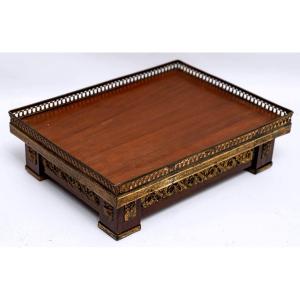



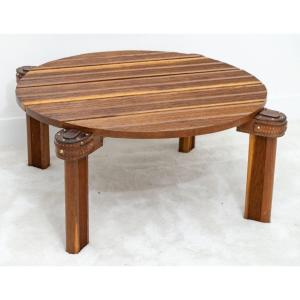

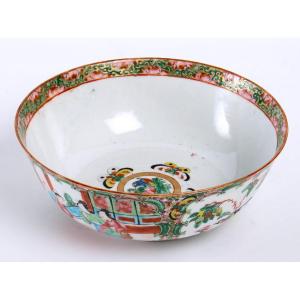

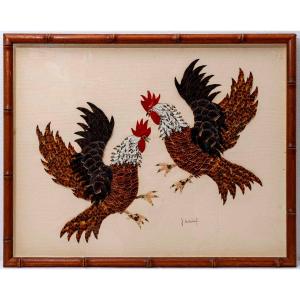
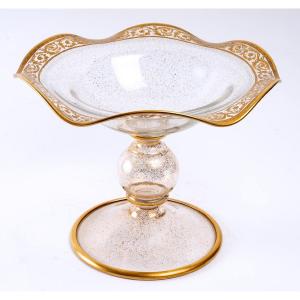
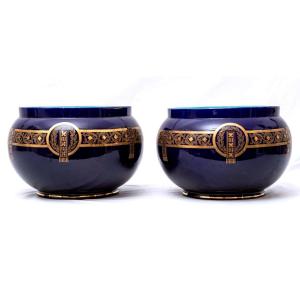
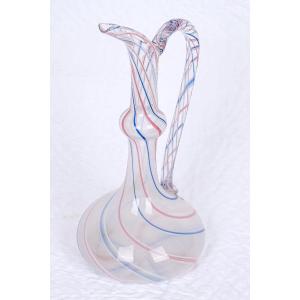
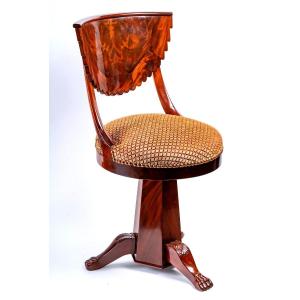

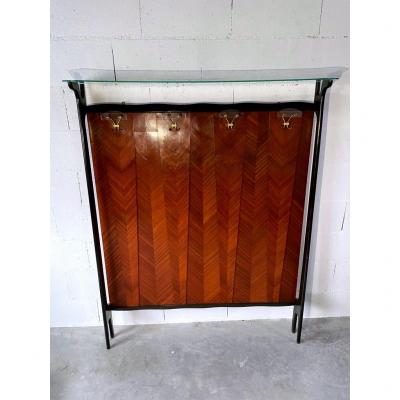
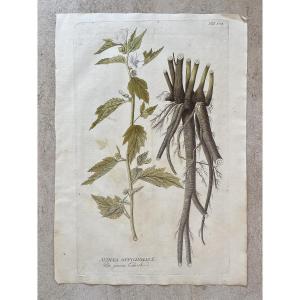

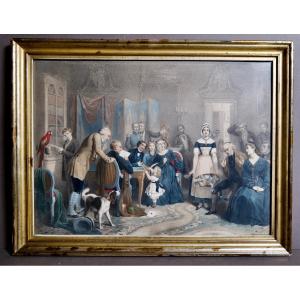





 Le Magazine de PROANTIC
Le Magazine de PROANTIC TRÉSORS Magazine
TRÉSORS Magazine Rivista Artiquariato
Rivista Artiquariato